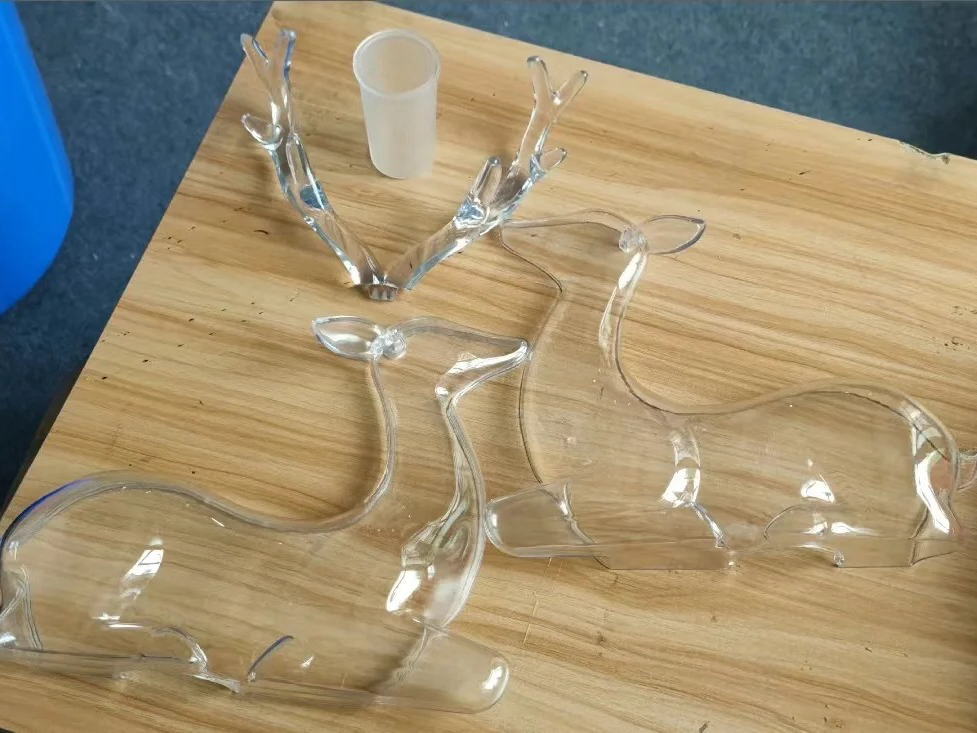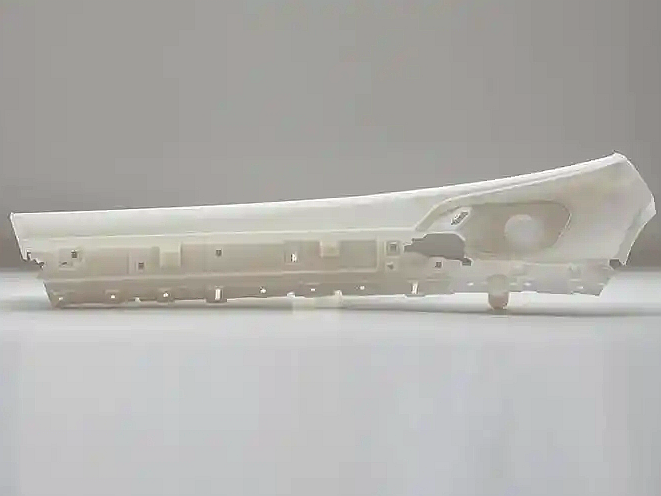Durable Resins
Introduction to Durable Resins for 3D Printing
Durable resins are impact-resistant photopolymers formulated to replicate the mechanical behavior of polyethylene (PE) or polypropylene (PP). These resins exhibit high ductility, excellent wear resistance, and low friction—ideal for living hinges, snap-fits, fluid-interfacing components, and mechanical test parts requiring repeated deflection or bending.
Stereolithography (SLA) and Digital Light Processing (DLP) processes are used to print durable resins with ±0.05 mm precision, supporting functional testing of flexible, load-bearing designs.
International Equivalent Grades of Durable Resin
Grade Type | Resin Code | Application Example |
|---|---|---|
Durable Resin | Engineering R1800 | Hinges, bushings, rotating parts |
ISO Standard | ISO 527 | Toughness & elongation tests |
ASTM Standard | D638 | Impact testing, mechanical use |
Comprehensive Properties of Durable Resins
Property Category | Property | Value |
|---|---|---|
Physical | Density | 1.10–1.15 g/cm³ |
UV Curing Wavelength | 405 nm | |
Mechanical | Tensile Strength | 30–40 MPa |
Modulus of Elasticity | 900–1,200 MPa | |
Elongation at Break | 50–75% | |
Impact Strength (Notched Izod) | 80–120 J/m | |
Other | Surface Finish | Semi-gloss, smooth |
Suitable 3D Printing Processes for Durable Resins
Process | Typical Density Achieved | Surface Roughness (Ra) | Dimensional Accuracy | Application Highlights |
|---|---|---|---|---|
≥99% | 3–6 µm | ±0.05 mm | Ideal for wear-resistant gears, flexible housings, and low-friction assemblies | |
≥99% | 4–8 µm | ±0.05 mm | Best for small, moving components and snap-fit prototypes |
Selection Criteria for Durable Resin 3D Printing
Ductility and Fatigue Resistance: Durable resin withstands repeated flexing and bending, making it perfect for clip mechanisms, seals, and connectors.
Low Friction Properties: Suitable for bearing surfaces, rotating parts, and mating components with sliding interfaces.
Wear Resistance: Performs well under abrasion and dynamic load, useful for gears, bushings, and contact-prone mechanisms.
Dimensional Stability: Maintains consistent geometry and finish with minimal shrinkage during curing.
Essential Post-Processing Methods for Durable Resin Parts
UV Post-Curing: Cure at 405 nm for 30–60 minutes to finalize mechanical properties and improve structural stability.
Support Removal and Alcohol Washing: Use IPA or ethanol to clean prints, followed by careful trimming of support material.
Surface Finishing: Brushing or bead blasting can be applied to enhance texture and prepare mating surfaces.
Assembly with Screws or Adhesives: Durable resin allows screw tapping and gluing for functional assemblies and mechanical test rigs.
Challenges and Solutions in Durable Resin 3D Printing
Reduced Stiffness: Avoid high-load structural applications—select Tough Resin or Nylon instead when high stiffness is critical.
Surface Deformation Post-Cure: Ensure uniform UV curing and rotate parts during post-processing to avoid warping or stress concentration.
Material Flex During Printing: Optimize print orientation and support density to minimize flex-induced inaccuracies during the layer-building process.
Applications and Industry Case Studies
Durable resins are widely used in:
Consumer Products: Living hinges, latches, and soft enclosures for electronics and ergonomic designs.
Mechanical Prototypes: Gears, wheels, sliding surfaces, and parts tested under friction or movement.
Medical Devices: Snap-fit fixtures, temporary mounts, and flexible holding structures.
Tooling & Jigs: Custom-fit positioning guides and rotating features in test rigs and fixtures.
Case Study: An industrial automation company used durable resin to prototype low-friction bushings and gears. The parts were printed via SLA and post-cured, lasting over 100,000 cycles in test operation without cracking or delamination.
Frequently Asked Questions (FAQs)
How does durable resin compare to tough resin in flexibility and fatigue performance?
Is durable resin suitable for load-bearing snap-fit or hinge applications?
What post-processing steps are needed to maximize wear resistance in moving resin parts?
Can durable resin be used for gears, wheels, or sliding components under friction?
What is the expected cycle life of durable resin in dynamic mechanical applications?



